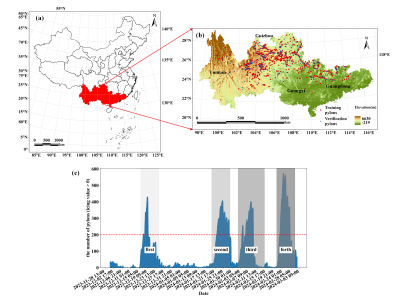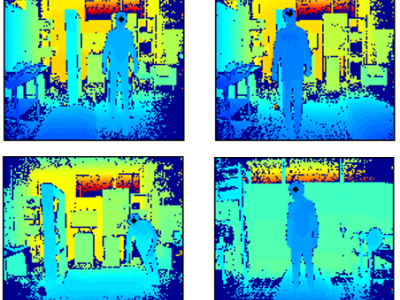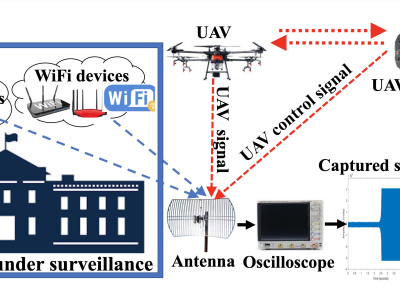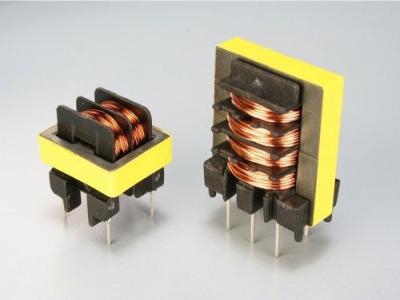MRI Induced Torque Measurement Device for ASTM F2213

- Citation Author(s):
- Submitted by:
- Dan Stoianovici
- Last updated:
- DOI:
- 10.21227/xeec-7n37
- Data Format:
- Research Article Link:
- Links:
 286 views
286 views
- Categories:
- Keywords:
Abstract
Use of medical devices in the magnetic resonance environment is regulated by standards that include the ASTM-F2213 magnetically induced torque. This standard prescribes five tests. However, none can be directly applied to measure very low torques of slender lightweight devices such as needles. Methods: We present a variant of an ASTM torsional spring method that makes a “spring” of 2 strings that suspend the needle by its ends. The magnetically induced torque on the needle causes it to rotate. The strings tilt and lift the needle. At equilibrium, the magnetically induced potential energy is balanced by the gravitational potential energy of the lift. Static equilibrium allows calculating the torque from the needle rotation angle, which is measured. Moreover, a maximum rotation angle corresponds to the maximum acceptable magnetically induced torque, under the most conservative ASTM acceptability criterion. A simple apparatus using the 2-string method is shown, it can be 3D printed, and the design files are shared. Results: The analytical methods were tested against a numeric dynamic model, showing perfect concordance. The method was then tested experimentally in 1.5T and 3T MRI with commercial biopsy needles. Numeric test errors were immeasurably small. Torques between 0.0001Nm and 0.0018Nm were measured in MRI with 7.7% maximum difference between tests. The cost to make the apparatus is 58USD and design files are shared. Conclusion: The apparatus is simple and inexpensive and provides good accuracy as well. Significance: The 2-string method provides a solution to measure very low torques in the MRI.
Instructions:
https://urobotics.urology.jhu.edu/pub/2023-stoianovici-tbme.pdf








